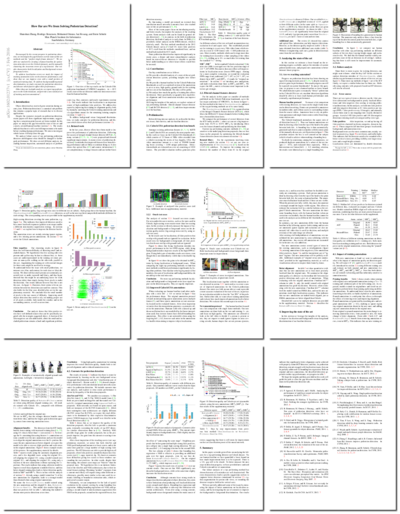How Far are We from Solving Pedestrian Detection?
Shanshan Zhang, Rodrigo Benenson, Mohamed Omran, Jan Hosang, and Bernt Schiele
Abstract
Encouraged by the recent progress in pedestrian detection, we investigate the gap between current state-of-the-art methods and the "perfect single frame detector". We enable our analysis by creating a human baseline for pedestrian detection (over the Caltech dataset), and by manually clustering the recurrent errors of a top detector. Our results characterize both localization and background-versus-foreground errors.
To address localization errors we study the impact of training annotation noise on the detector performance, and show that we can improve even with a small portion of sanitized training data.
To address background/foreground discrimination, we study convnets for pedestrian detection, and discuss which factors affect their performance. Other than our in-depth analysis, we report top performance on the Caltech dataset, and provide a new sanitized set of training and test annotations.
@INPROCEEDINGS{Shanshan2016CVPR,
Author = {Shanshan Zhang and Rodrigo Benenson and Mohamed Omran and Jan Hosang and Bernt Schiele},
Title = {How Far are We from Solving Pedestrian Detection?},
Year = {2016},
Booktitle = {CVPR}
}
